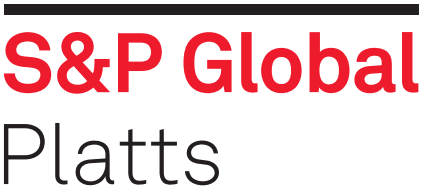
ThyssenKrupp has received a grant statement from the North-Rhine Westphalia state government to start decarbonization of steel production at the Duisberg-located producer
The company reconfirmed to Platts its intention to switch to carbon-free steelmaking by 2050, but said the success would still be dependent on various factors.
“With the use of hydrogen at our blast furnace 9, we continue to work consistently on the conversion of our production processes. Our goal is almost CO2-neutral steel production. This will be a long and costly process, and we will take another step today,” said Arnd Köfler, production director of thyssenkrupp Steel Europe.
“In the first months of this project, we will first test the use of hydrogen in one of 28 blow moulds in a blast furnace. This is an innovation and has not been implemented so far in the industry. We will analyze the results of this test phase precisely and then want to convert the entire blast furnace in this way in a second project phase,” adds Köfler. “Theoretically, a savings potential of around 20% CO2 at this point in the production process is possible.”
Gilles Le Van, CEO of Air Liquide Germany, who will provide the hydrogen for the project, said, “Here in Duisburg, a major chapter in industrial development is opening up: the gradual and sustainable de-carbonization of steel production. We are very pleased to be involved in this project.”
The hydrogen project at Duisberg is in cooperation with Air Liquide, In4Climate -– a North-Rhine WestPhalia state government initiative, and BFI -– a non-profit research institute at the Association of German Steel Manufacturers.
ThyssenKrupp Steel Europe announced in January it also plans to invest Eur10 billion in the modernization of its equipment to replace coking coal-based steel production by 2050.
Steelmakers Voestalpine, SSAB and Salzgitter also have schemes in place to go into hydrogen. Voestalpine said previously however it would take at least two decades before the processes can be used on an industrial scale.
— Len Griffin




